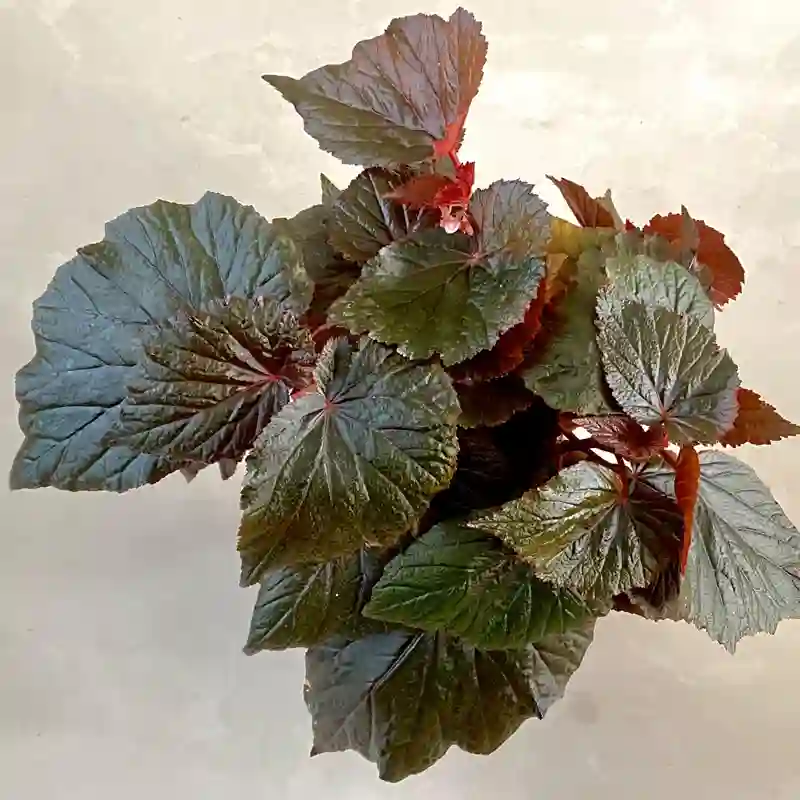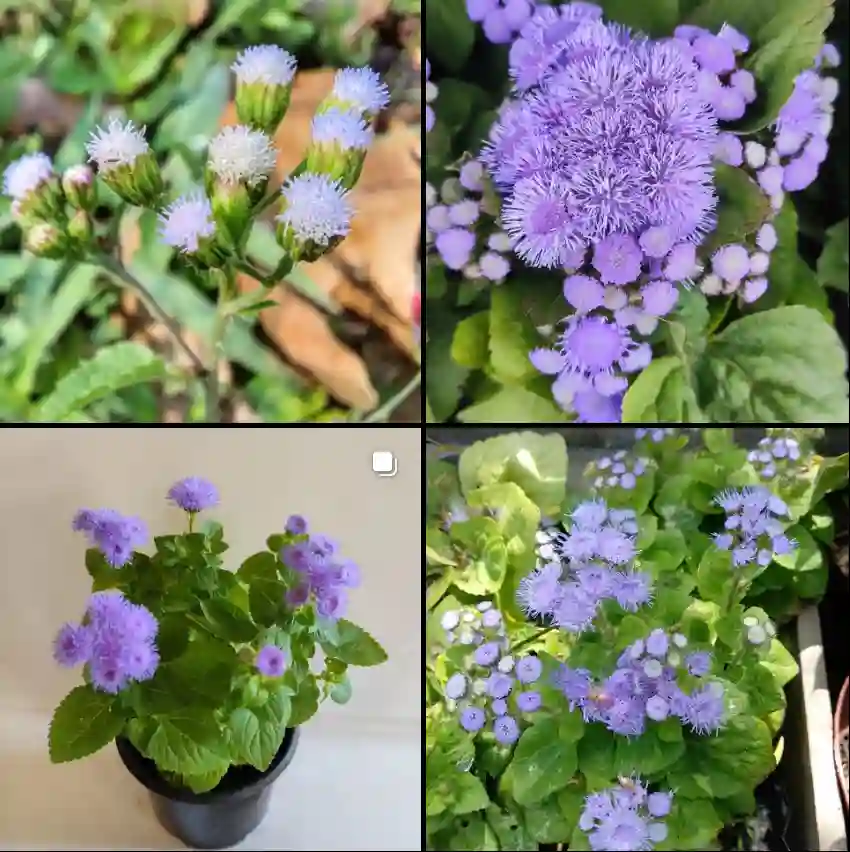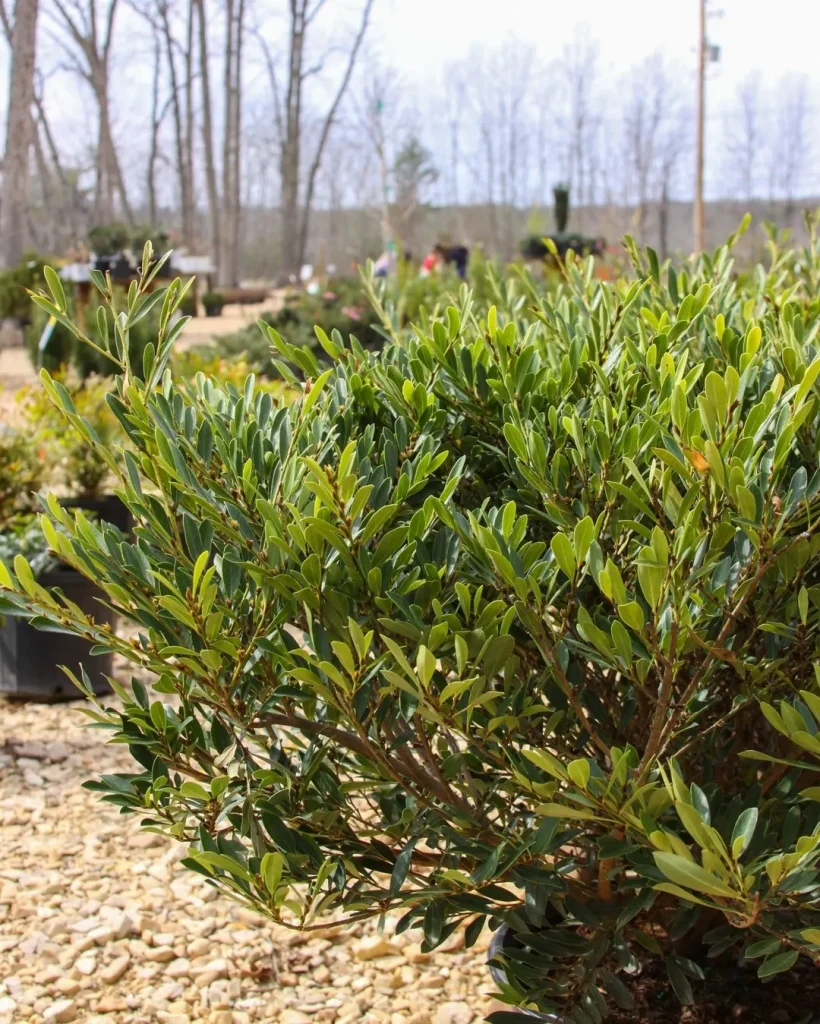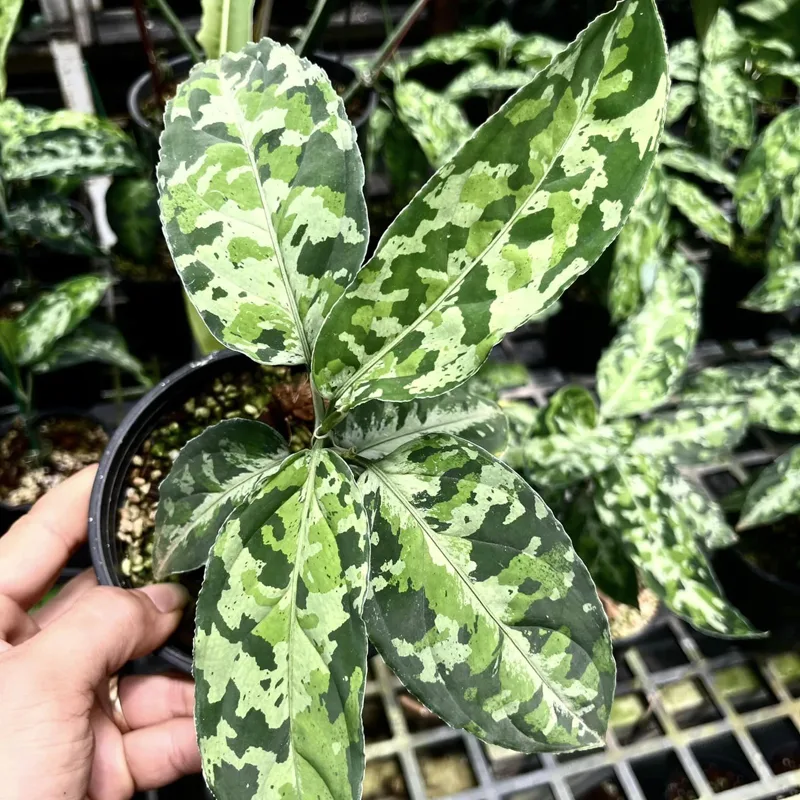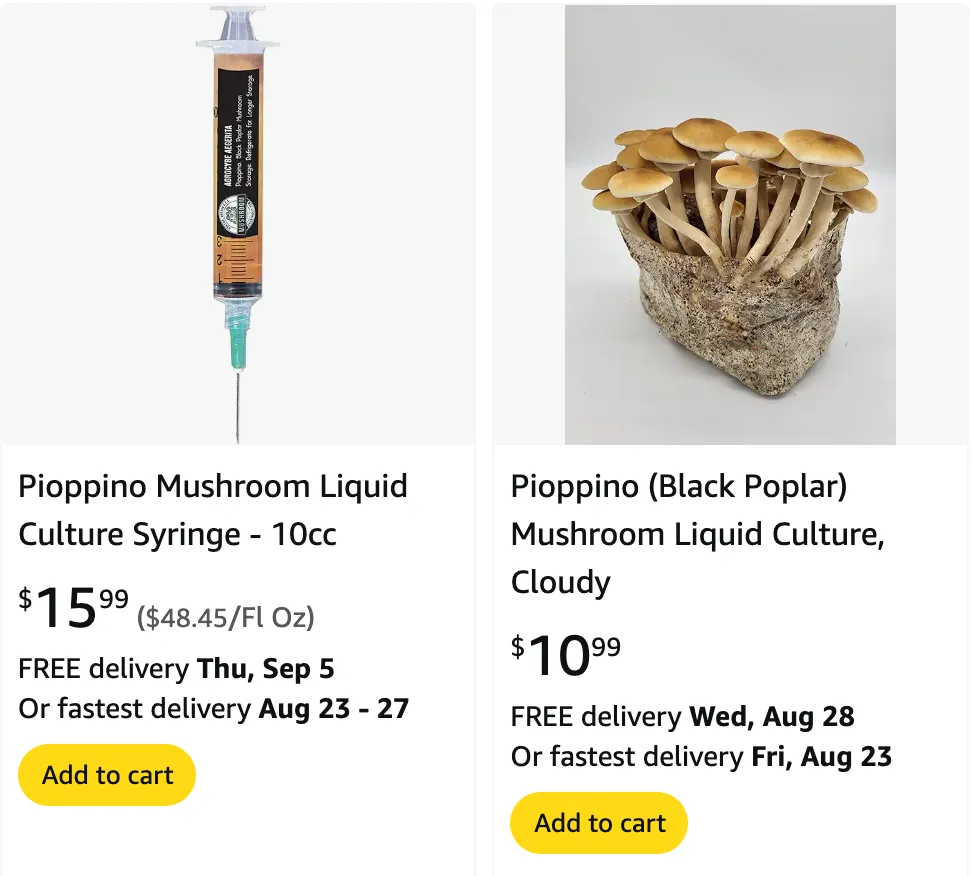
I’ve always been fascinated by unique and lesser-known mushrooms, and one that stands out to me is the Pioppino Mushroom (Agrocybe Aegerita). With its distinct nutty flavor and numerous health benefits, this mushroom deserves a place in any kitchen. From learning how to cook Pioppino Mushrooms to growing them in your backyard, I’ve had my hands full discovering what makes this mushroom so special. Below, I’ve compiled a list of frequently asked questions (FAQs) that I often encounter when it comes to this mushroom.
What is a Pioppino Mushroom?
The Pioppino Mushroom, also known as the Velvet Pioppino or Black Poplar Mushroom, has long, thin stems and small, brown caps. It’s widely used in Italian and Asian cuisine and is celebrated for its earthy and slightly nutty taste. They grow naturally on hardwood trees, particularly poplars and elms. You can also cultivate them at home if you have the right setup.
How to Cook Pioppino Mushroom?
One of the reasons I enjoy Pioppino Mushrooms is their versatility. They can be sautéed, grilled, roasted, or added to soups and stir-fries. My go-to Pioppino Mushroom recipe is a simple sauté with garlic, olive oil, and fresh herbs like thyme or parsley. The mushrooms have a firm texture that holds up well in various dishes, and their rich flavor pairs beautifully with pasta, risotto, and meats. If you haven’t tried them in a stir-fry yet, you’re missing out!
Pioppino Mushroom Taste
The Pioppino Mushroom has a distinct earthy taste with hints of nuttiness. When cooked, the flavor intensifies, giving your dish a deep, umami-rich profile. The texture is slightly chewy, yet tender, which adds a nice contrast in dishes. This unique taste makes them ideal for hearty meals, especially during cooler months.
Pioppino Mushroom Benefits
Pioppino Mushrooms are not just tasty—they also come with an impressive list of health benefits. They are rich in antioxidants, which help combat free radicals and reduce oxidative stress in the body. Additionally, they contain essential vitamins like B and D, which support immune function and bone health. The high fiber content is beneficial for digestion, while their low calorie count makes them an excellent choice for weight management. Some studies also suggest that Pioppino Mushrooms may have anti-inflammatory and anti-cancer properties.
Are Pioppino Mushrooms Psychedelic?
This is a question I get asked often. No, Pioppino Mushrooms are not psychedelic. They do not contain any psychoactive compounds like psilocybin, which is found in some other types of mushrooms. You can enjoy these mushrooms safely without any hallucinogenic effects.
How to Grow Pioppino Mushrooms?
Growing Pioppino Mushrooms can be a rewarding experience, especially if you love mushrooms as much as I do. They thrive in environments with hardwood, as they naturally grow on trees like poplars and elms. You can grow them indoors or outdoors, but they do require specific conditions. The temperature needs to be kept between 55°F and 70°F, and they require high humidity levels. You’ll also need hardwood logs or sawdust, which acts as a substrate for the mycelium to grow.
Pioppino Mushroom Grow Kit
If you’re new to growing mushrooms, a Pioppino Mushroom grow kit is a great way to start. These kits come with everything you need, including a substrate that is already inoculated with Pioppino Mushroom spores. All you need to do is follow the instructions for watering and humidity control. With a bit of patience, you can harvest your own fresh Pioppino Mushrooms at home. Kits are an excellent way to experience mushroom cultivation without diving into the more complex aspects of the process.
When to Harvest Pioppino Mushrooms?
Knowing when to harvest Pioppino Mushrooms is key to getting the best flavor and texture. You’ll want to harvest them when the caps are still small and firm, usually when they are about 1 to 2 inches in diameter. If the caps begin to flatten out or the gills start to darken, they’ve likely gone past their prime. Regular monitoring during the growing process will help ensure you pick them at the perfect time.
How to Care for Pioppino Mushrooms?
Caring for Pioppino Mushrooms requires maintaining the right conditions. They need a humid environment, so misting regularly is essential. Keeping the temperature stable is also important. If you’re growing them indoors, you’ll need a space with good air circulation to prevent mold. Outdoors, make sure they have access to shaded areas with plenty of moisture.
How to Propagate Pioppino Mushrooms?
Propagating Pioppino Mushrooms can be done through spores or mycelium. Spores are microscopic and require specific techniques to grow, so for beginners, I recommend using mycelium. You can purchase mycelium plugs or sawdust spawn, which can be inserted into hardwood logs or mixed into a substrate. With the right conditions, the mycelium will spread and eventually produce mushrooms.
What to Plant with Pioppino Mushrooms?
If you’re growing Pioppino Mushrooms outdoors, consider companion planting with plants that provide shade and maintain moisture in the soil. Plants like ferns, hostas, and ground covers work well with Pioppino Mushrooms. These plants create a microclimate that supports the mushrooms’ growth by helping retain humidity.
Conclusion
The Pioppino Mushroom is a delightful addition to any kitchen or garden. Its rich taste, combined with the numerous health benefits, makes it a mushroom worth exploring. Whether you’re cooking up a new Pioppino Mushroom recipe or growing them yourself, there’s something truly satisfying about working with this unique fungi. They’re easy to incorporate into various dishes, and once you taste their nutty, earthy flavor, you’ll want to use them again and again. And if you’re a gardening enthusiast like me, growing your own Pioppino Mushrooms can be a fun and rewarding project.
If i die, water my plants!
